Just 17 per cent of the top 200 universities in the world are led by a woman.
That’s the main finding in an analysis of Times Higher Education World University Rankings 2015-16 data published last week.
However, while this shows that the leadership gender gap among the world’s most elite universities is still huge, the gap is narrowing; last year, only 14 per cent of the world’s top 200 institutions were female-led.
Furthermore, women are now leading more universities at the very top of this prestigious cohort; 15 institutions that feature in the top 60 of the 2015-16 ranking are led by women, up from just 10 in the 2014-15 table.
10. Wageningen University and Research Center
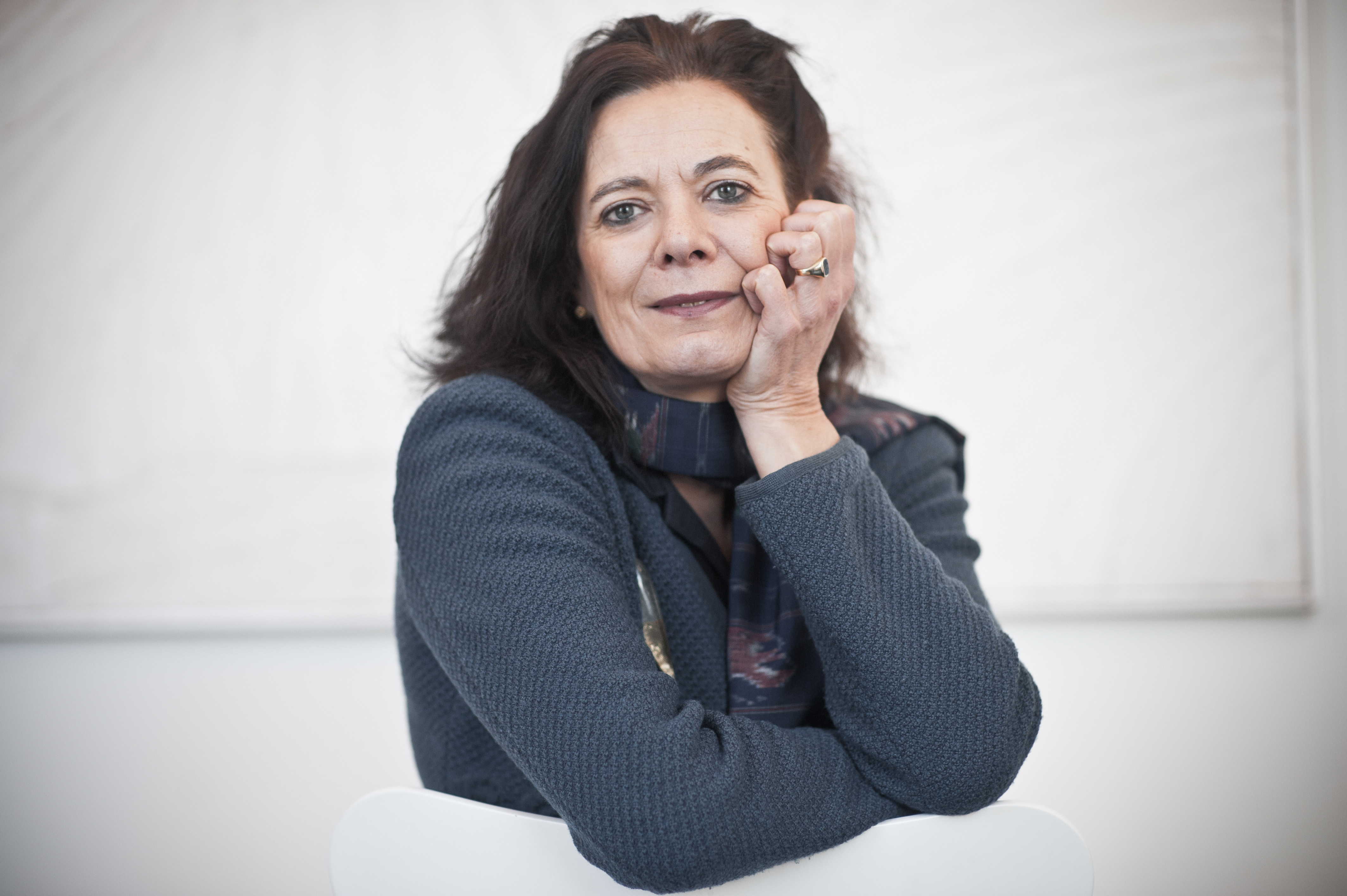
President: Louise Fresco
Appointed: 2014
Current world rank: 47
Louise Fresco began her tenure as president of Wageningen University and Research Center two years ago, after working as a professor at the University of Amsterdam since 2006.
She has also served as assistant director-general of the United Nations Food and Agriculture Organisation.
Wageningen University and Research Center is one of three Dutch institutions in the top 200 of the ranking that is led by a woman; Utrecht University and the University of Amsterdam are also female-led.
9. University of California, Davis
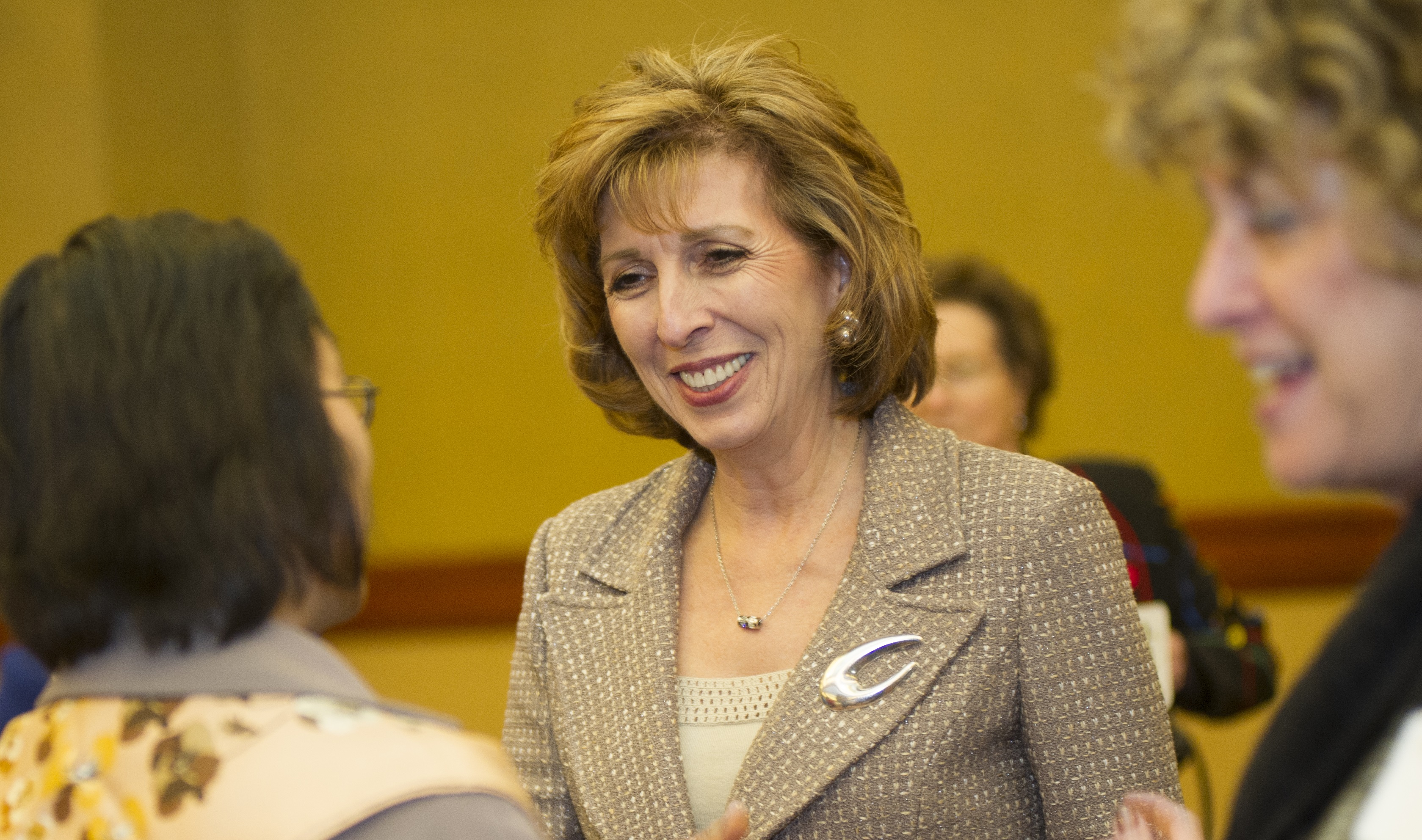
Chancellor: Linda Katehi
Appointed: 2009
Current world rank: =44
Linda Katehi became the first female chancellor of the University of California, Davis, seven years ago. She was previously provost and vice-chancellor at the University of Illinois at Urbana-Champaign.
8. McGill University
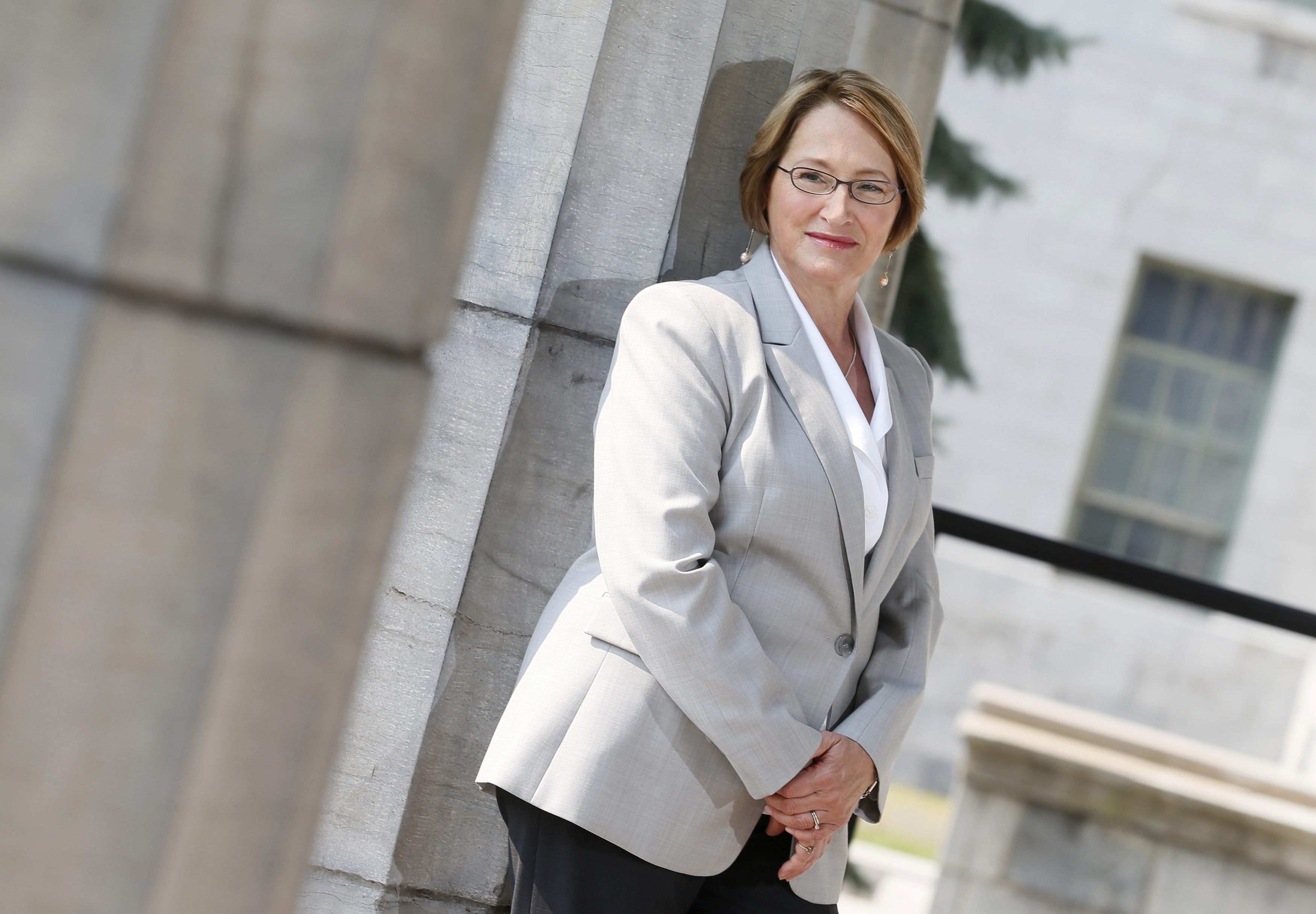
Vice-chancellor: Suzanne Fortier
Appointed: 2013
Current world rank: 38
McGill University is the only Canadian institution with a female leader in the top 200 of the rankings. Suzanne Fortier is the second woman to lead the institution; she succeeded Heather Munroe-Blum in 2013.
Speaking to Times Higher Education, Professor Fortier said: “I’ve been thinking about this for a long time – why we don’t have as many women as we should have given their talent, their contribution, in leadership positions.”
She said that “one observation” is that academics tend to build leadership skills in their late thirties or early forties, which she said is “simply often not good timing for women”.
“Women often say I’d be interested but this is a bad time, whether that’s because of a young family, or because they want to continue to build teaching and research,” she said.
She added that when women develop in leadership positions, they tend to increase their responsibility “one step at a time”.
“You rarely see women do what I call two-step-at-a-time. You see this more often with men,” she said.
“I can’t think of a single woman who was president of a university [in Canada] before the age of 50. I can think of several men who were presidents in their early forties.”
7. University of Illinois at Urbana-Champaign

Chancellor: Barbara Wilson (acting)
Appointed: 2015
Current world rank: 36
Barbara Wilson is the second woman in a row to head up the University of Illinois at Urbana-Champaign; she took on an interim position after Phyllis Wise stepped down as chancellor last year.
Professor Wilson is also dean of the university’s college of liberal arts and sciences and a professor of communication.
6. University of Washington
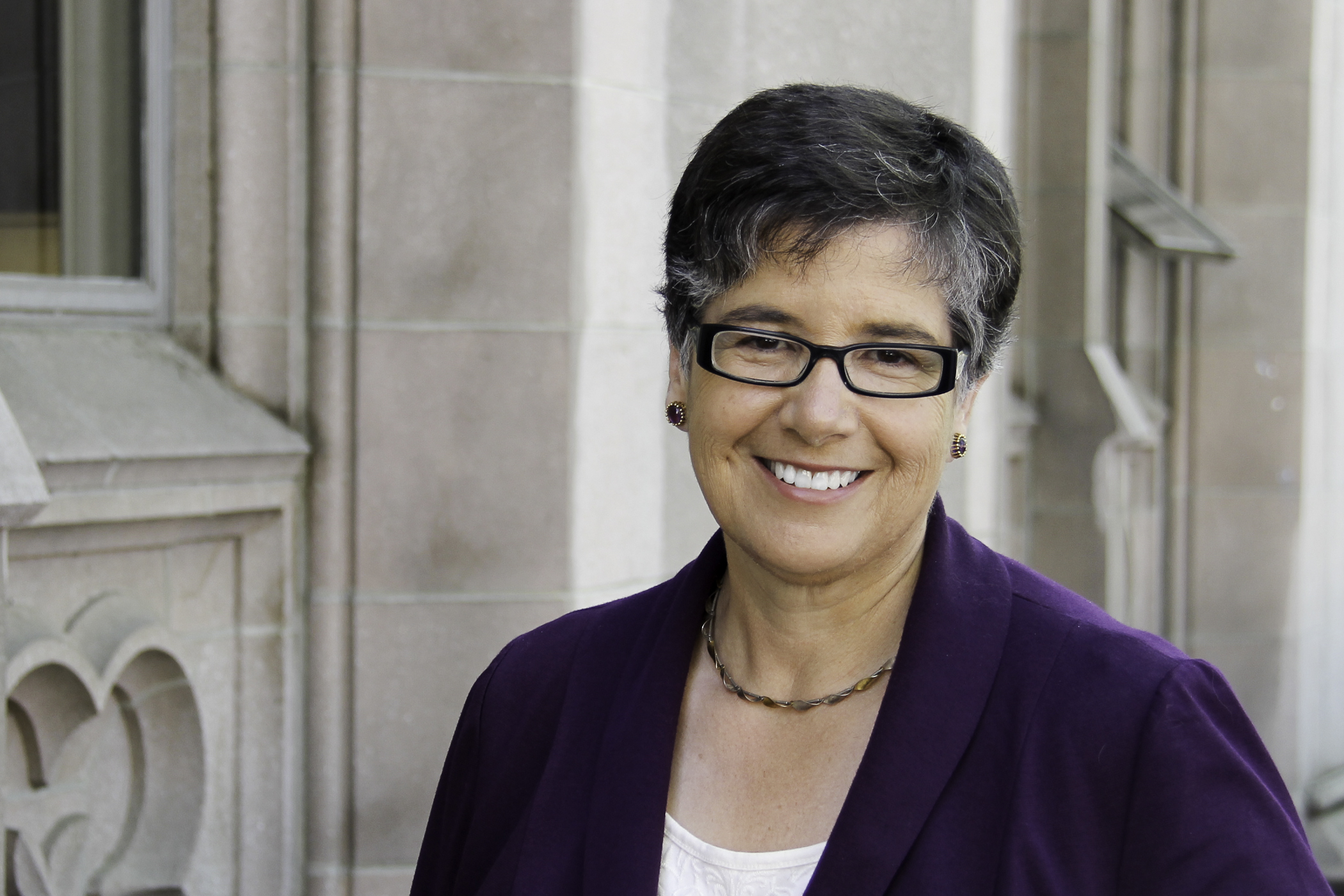
President: Ana Mari Cauce
Appointed: 2015
Current world rank: 32
Ana Mari Cauce was officially appointed as president of the University of Washington last October after leading the institution in an interim role for seven months.
Dr Cauce, who is Cuban-American and gay, told THE that she aims to improve race and identity relations on campus during her tenure.
Speaking to THE in a separate conversation about gender, she said that universities began as “monastic institutions and the policies and procedures that have guided them for centuries were developed with men in mind”.
“For example, it's hard to imagine that today's tenure structure would have developed if there was any thought that women would be on the faculty; as many have pointed out the tenure clock and the biological fertility clock for women run in parallel,” she said.
“It is important to note that while policies such as extension of the tenure clock for new parents are absolutely critical for allowing women to have children and attain tenure, they may widen, rather than level, the playing field. There is much anecdotal, and some empirical evidence that while this ’extra’ time is spent by women focusing on infant care, men use more of this time on career-related activities, serving to advantage men.”
Despite this, she said “there is no question” that opportunities for women in academia have increased over the past several decades. At the University of Washington, about a third of the board of deans and chancellor are women, she said, while an increasing number of women are leading universities across the US.
However, she said for the percentage of women in leadership positions to rise towards parity and for female leaders to stop being qualified as “women” leaders, universities must actively work to “nurture promising junior women faculty both towards becoming senior faculty and towards taking on leadership positions”.
“The challenges we face in society are great and we will not be able to tackle them if we fail to fully utilise the talents of half our population,” she said.
5. Karolinska Institute
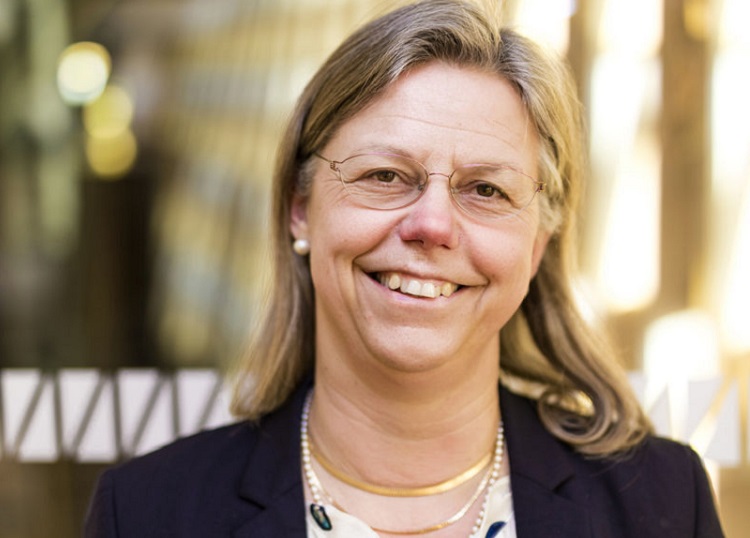
Vice-chancellor: Karin Dahlman-Wright (acting)
Appointed: 2016
Current world rank: 28
Karin Dahlman-Wright was appointed acting vice-chancellor of the Karolinska Institute in February, just one month after becoming pro vice-chancellor at the institution. Professor Dahlman-Wright is an academic in molecular endocrinology and was head of the department of biosciences and nutrition at the university between 2009 and 2015.
The Karolinska Institute is one of four Swedish institutions in the top 200 of the ranking that is led by a woman; Uppsala University, Stockholm University and the University of Gothenburg are also female-led.
4. University of Pennsylvania
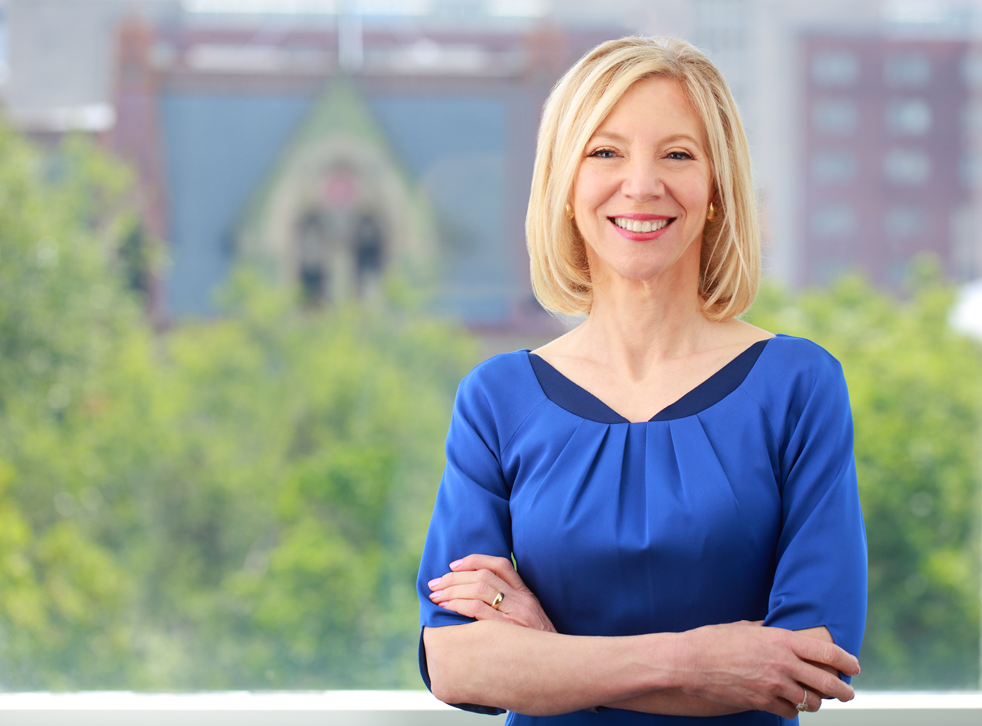
President: Amy Gutmann
Appointed: 2004
Current world rank: 17
Amy Gutmann is the longest-serving female university president in this top 10 and also the third woman in a row to lead the University of Pennsylvania.
Professor Gutmann, who is a political science scholar, was a first-generation college student and has significantly expanded the number of students from low- and middle-income backgrounds attending the institution.
In 2011, she was named by Newsweek as one of “150 Women Who Shake the World”.
3. Imperial College London

President: Alice Gast
Appointed: 2014
Current world rank: 8
Alice Gast became the first woman to lead Imperial College London two years ago. She was previously president of Lehigh University in Pennsylvania.
Imperial College London is one of five female-led institutions in the UK in the top 200 of the ranking.
2. Harvard University

President: Drew Faust
Appointed: 2007
Current world rank: 6
Drew Faust is the first female president of Harvard. She is a professor of history.
In May 2014, she gave a speech titled “It Can Be Otherwise” , in which she spoke about sexism and the gender gap. She said: “It shocks students when I tell them that in 1964, when I began college, I couldn’t wear pants to class or dinner; I could not have attended Yale or Princeton – or the University of Virginia in my own home state. I was under the rule of something called ‘parietal hours’ that allowed men and women only briefly inside each other’s dorms. Strict curfews were intended to reinforce the notion of women as bearers of virtue.”
During the speech she added that she worried that a “complacency” was emerging in society about the place of women; “a complacency that too easily forgets that things were once otherwise and there is still a considerable way to go in American society; a complacency that too easily assumes that where we have come was inevitable and that forgets the efforts and the individuals who struggled to bring us here; a complacency that too easily ignores that elsewhere in the world things are otherwise – that nearly 300 young girls were recently kidnapped just because they were seeking an education”.
Earlier this year, Professor Faust urged single-gender societies on campus to “discard their gender-based membership practices, to adopt an open application process, and to establish greater overall transparency”.
1. University of Oxford

Vice-chancellor: Louise Richardson
Appointed: 2016
Current world rank: 2
Louise Richardson became the first woman to lead the University of Oxford in its 767-year history in January 2016. She is a political scientist, specialising in the study of terrorism.
She was previously principal and vice-chancellor of the University of St Andrews.
After her appointment at Oxford, she said that the university must educate future leaders who can “think critically” and “act ethically” so that they can prevent the next financial crisis and deal with other threats facing the world.
Note: The analysis was based on the university leader in post on 31 July 2016. Since this date, Linda Katehi has resigned from UC Davis.
Register to continue
Why register?
- Registration is free and only takes a moment
- Once registered, you can read 3 articles a month
- Sign up for our newsletter
Subscribe
Or subscribe for unlimited access to:
- Unlimited access to news, views, insights & reviews
- Digital editions
- Digital access to THE’s university and college rankings analysis
Already registered or a current subscriber? Login







